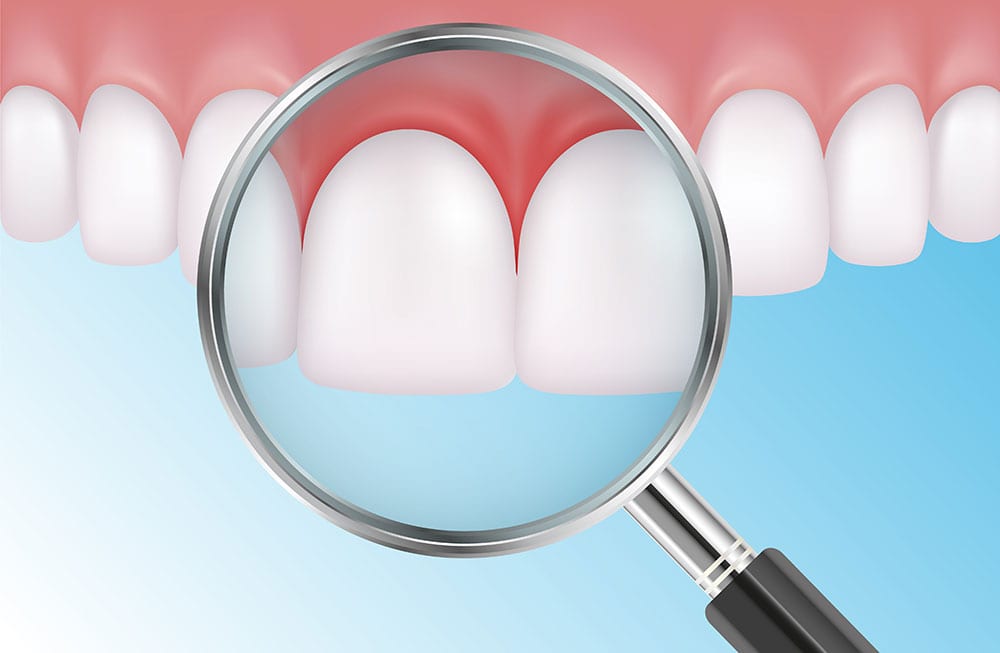Regenerative Procedures in Los Angeles
Periodontal disease forms bacterial pockets that damage the tooth-supporting structures. Guided tissue regeneration addresses this loss by stimulating the natural regrowth of gum tissue and bone. This procedure stabilizes endangered teeth, minimizes the growth of bacteria in the mouth, and reverses some of the damage caused by periodontal disease.
Dr. Salamati performs oral and regenerative procedures in West Hollywood, California.
Why Are Regenerative Procedures Performed?
Regenerative procedures are performed to stop the progression of gum disease. These procedures regrow gum tissue and bone by eliminating the existing periodontal disease-causing bacteria. Regenerative procedures reduce pocket depth and allow tissues to repair themselves.
Following a successful regenerative procedure, the tooth-anchoring bone is stronger and the chances of tooth loss are minimized.
How Are Regenerative Procedures Performed?
When performing a regenerative procedure, periodontal pockets are cleaned by folding back the gum tissue and removing bacteria. A thin resorbable membrane is inserted between the tissue and the pocket. This membrane allows the body to regenerate the bone and gum tissue. This membrane stimulates tissue growth and acts as a barrier so that the fast-growing soft tissues do not invade the space where the slower-growing bone should develop.
How Are Regenerative Procedures Different From Alternative Treatments?
Gum disease is often treated with deep cleanings known as scaling and root planing. This treatment cleans beneath the gum and recontours the tooth roots so that the gums reattach firmly to the tooth. While this treatment is effective at eliminating periodontal pockets and restricting bacterial growth, it cannot regrow the damaged or missing bone.
How Can You Maintain Your Results?
Patients increase their chances of preserving their natural teeth by practicing daily oral hygiene, undergoing professional maintenance, and following a mindful diet. These practices will limit the progression of gum disease and decrease the likelihood of other dental concerns.

